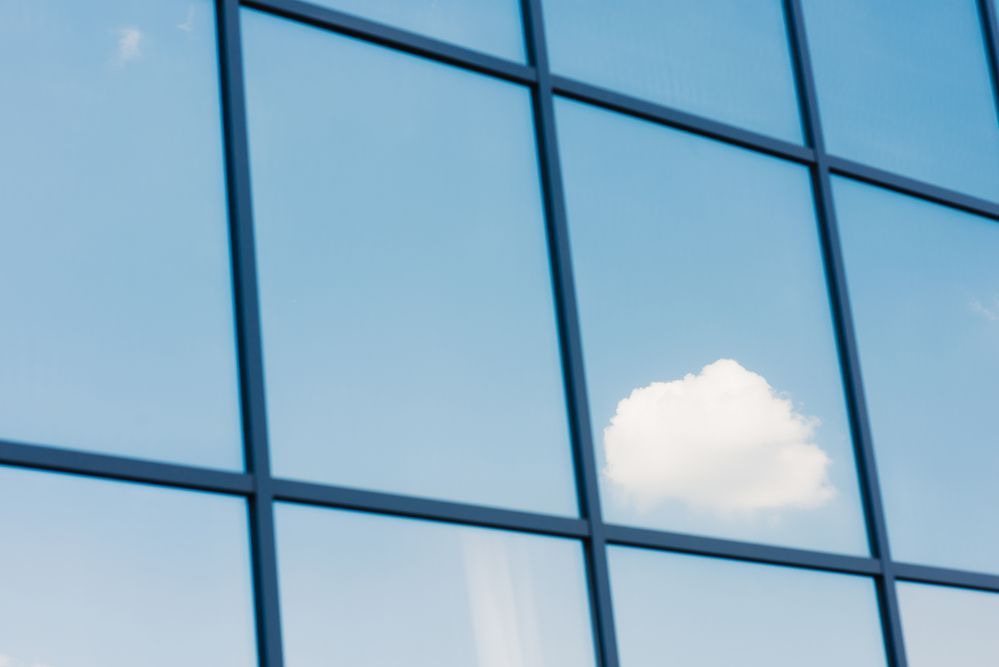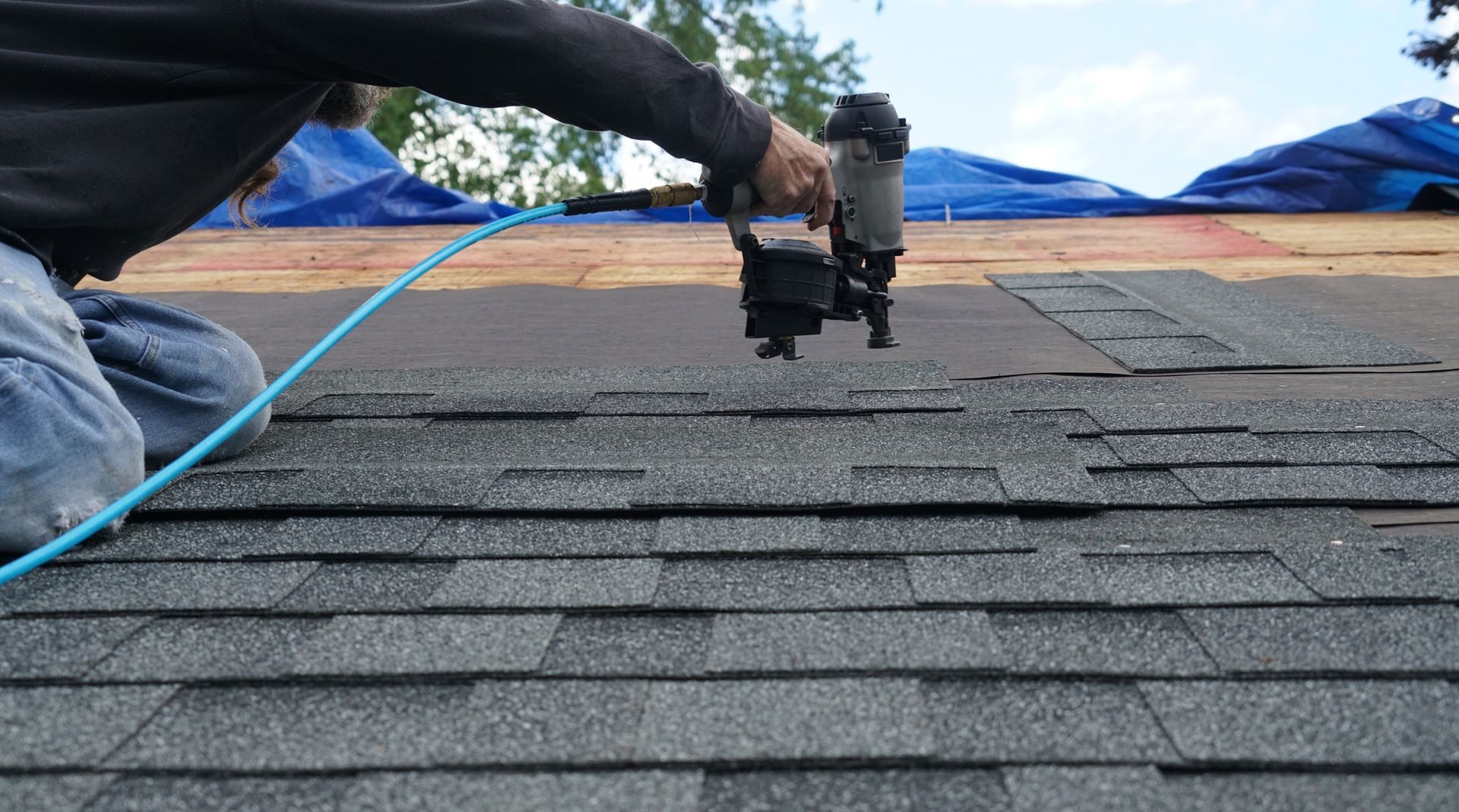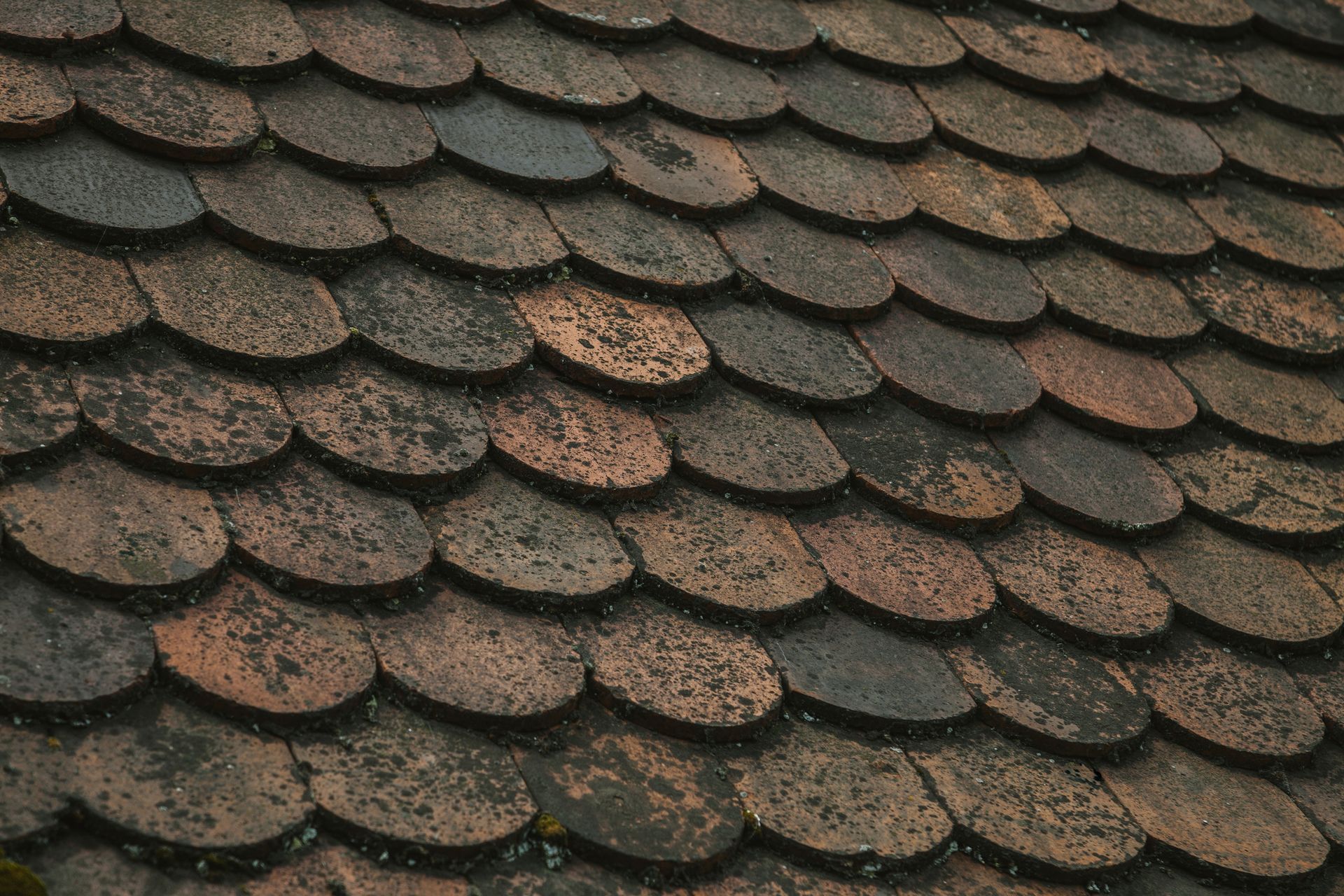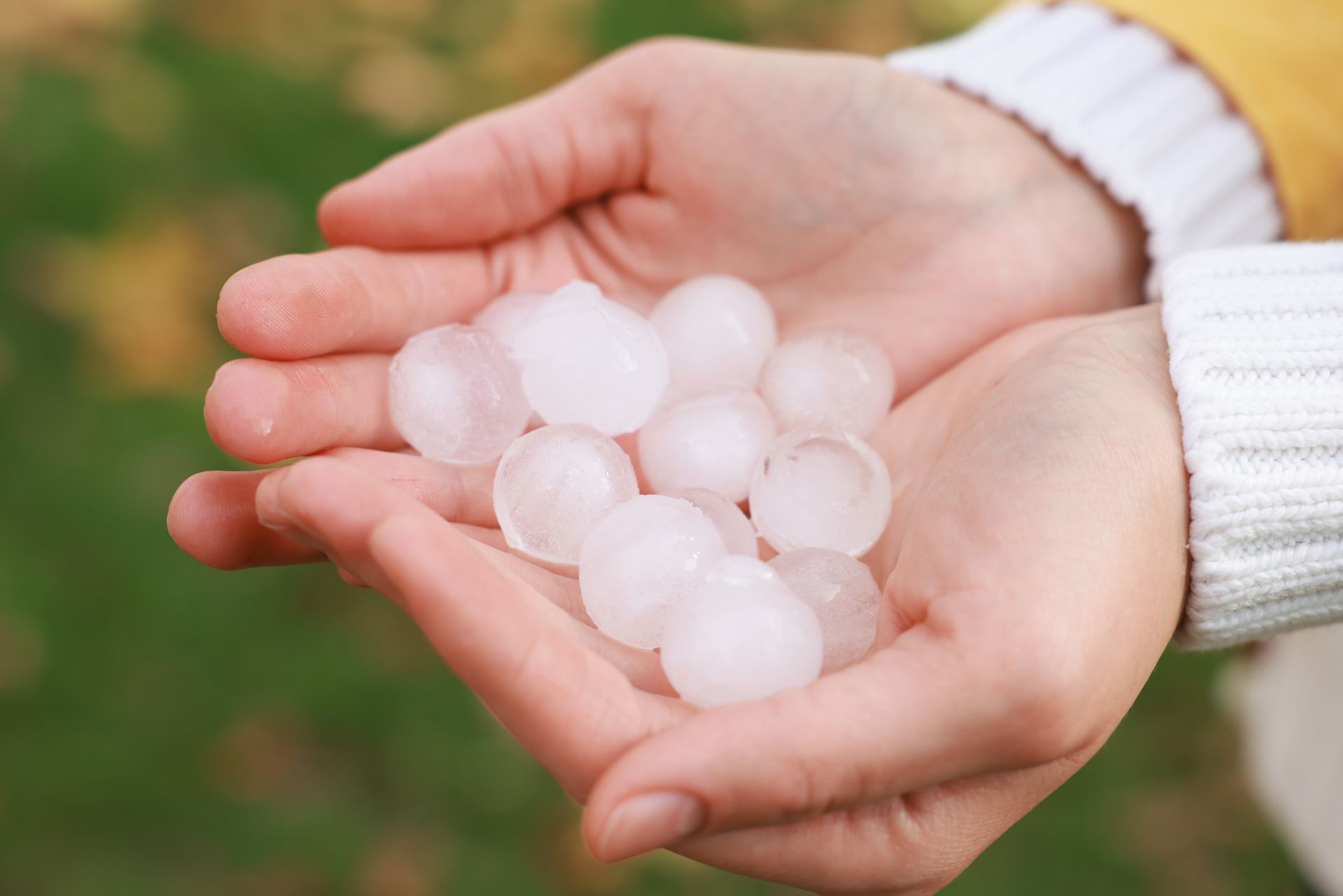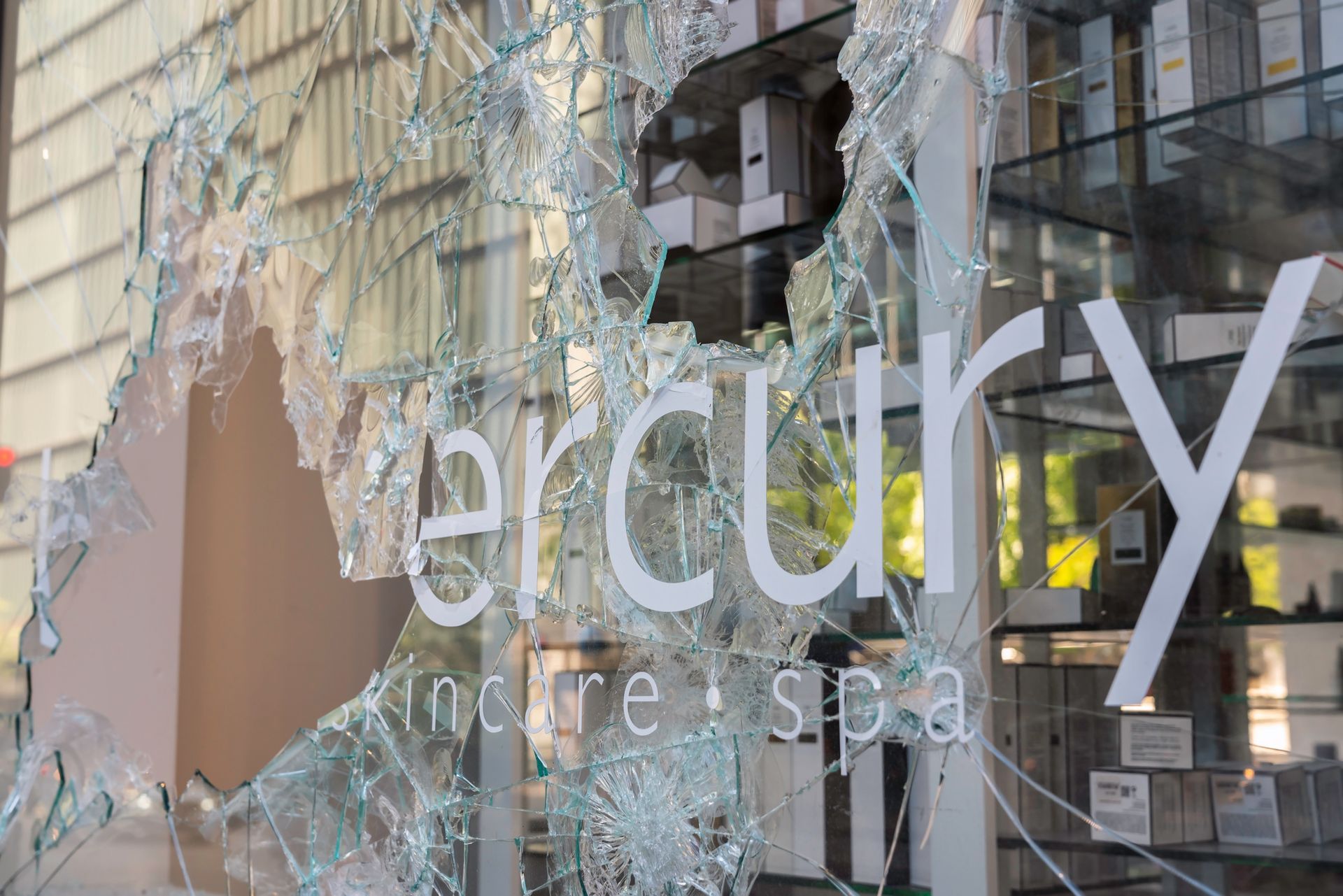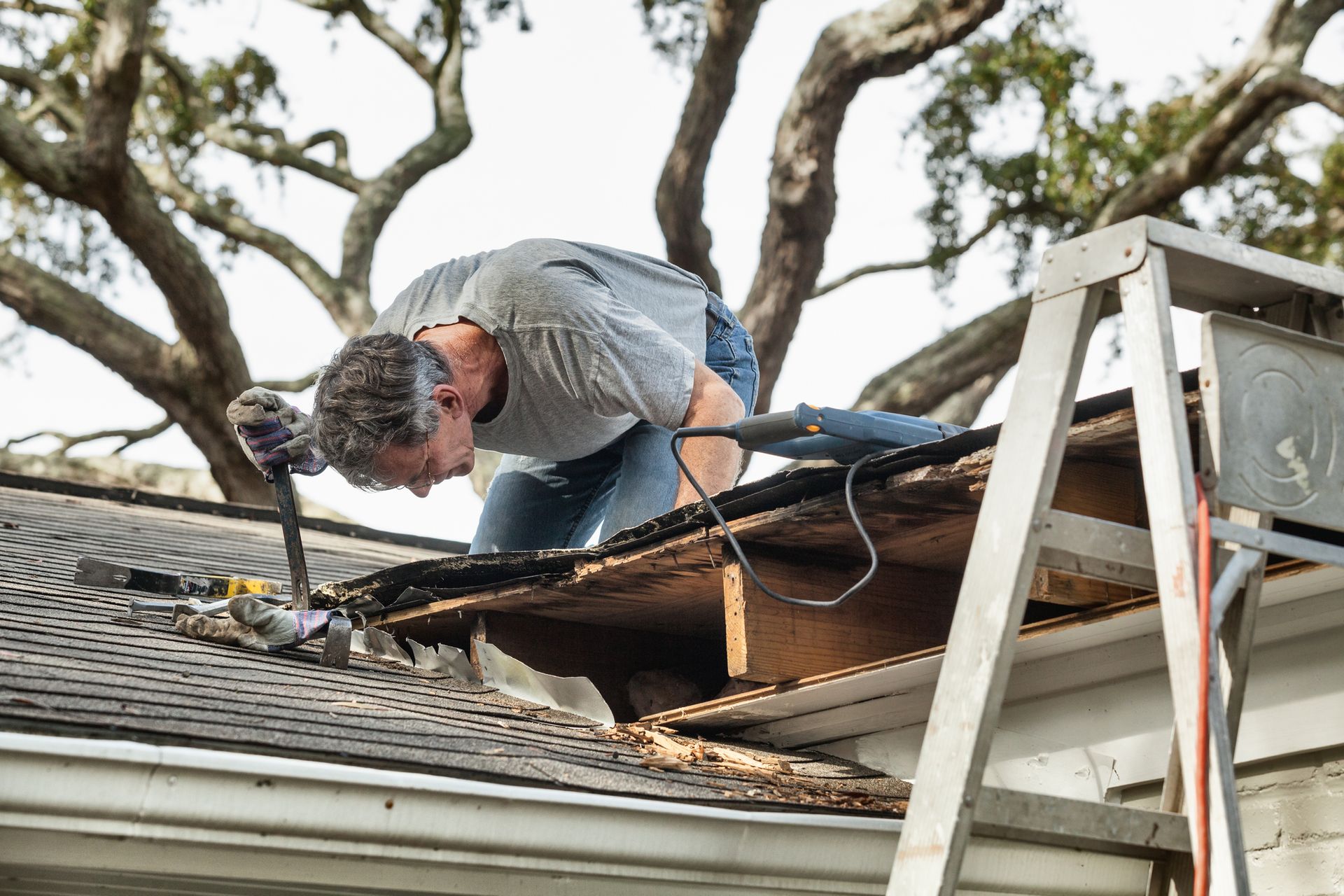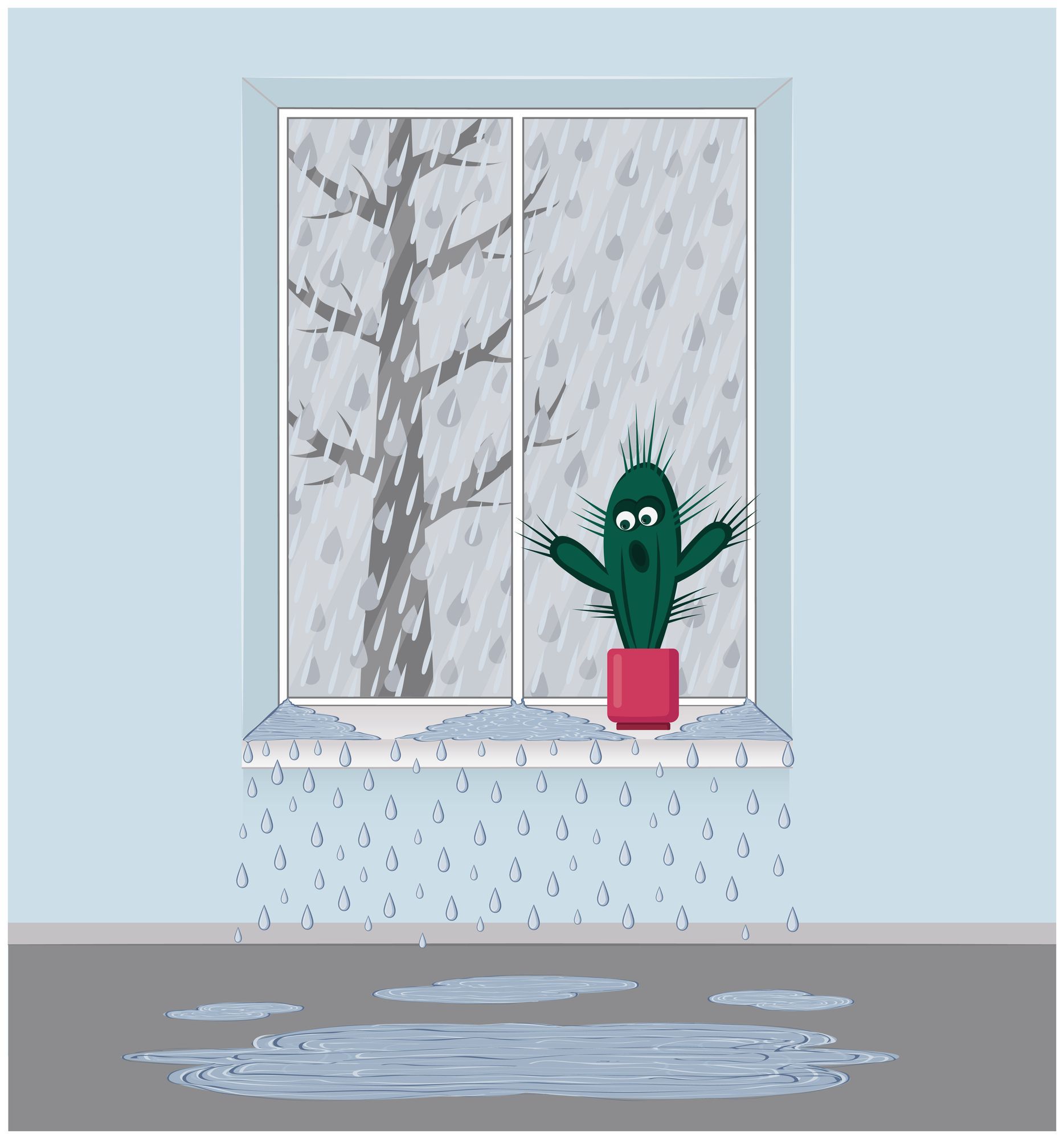Do You Need Chimney Liners?
Do You Need Chimney Liners?
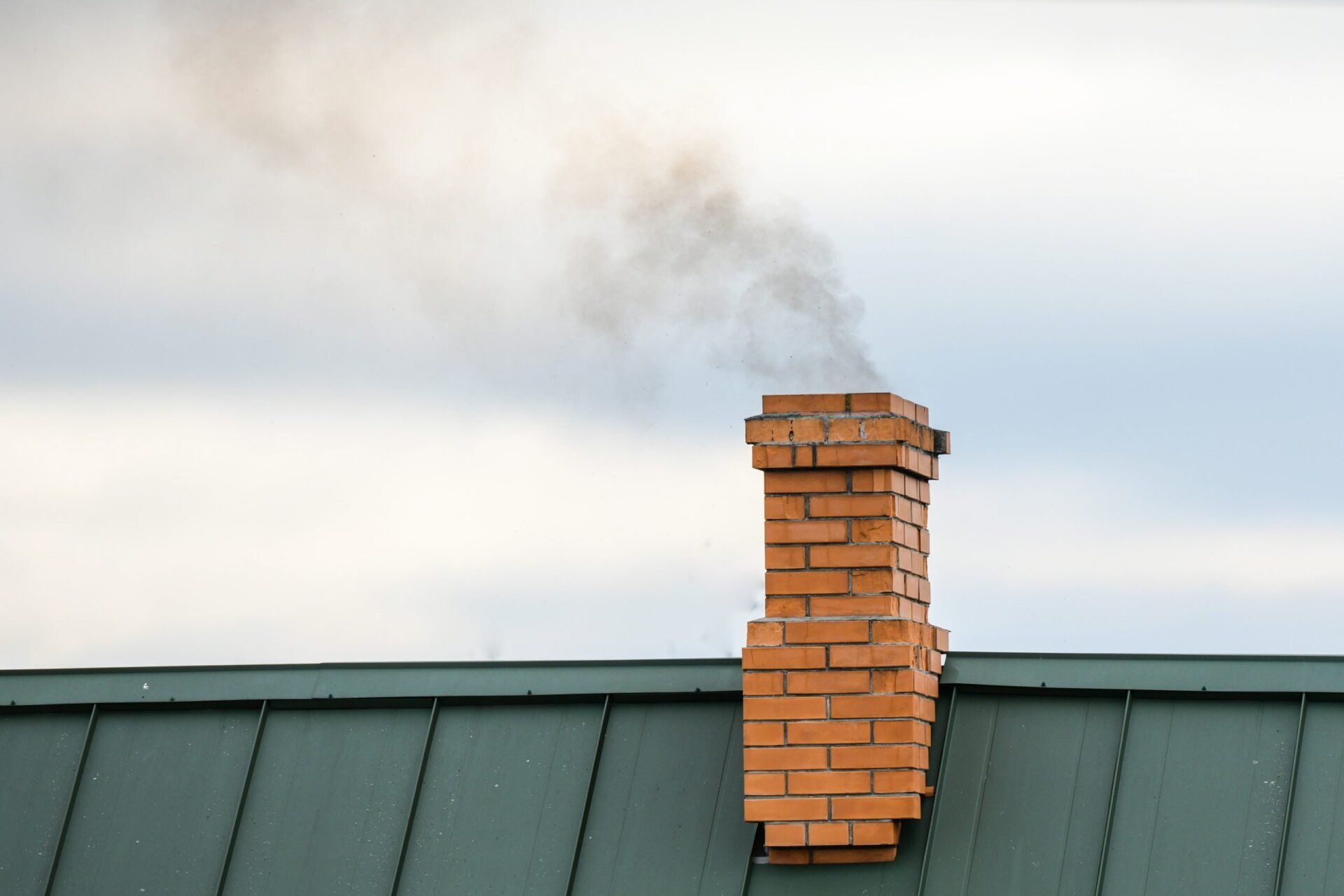
Chimneys must be well-secured. Whether you burn wood in the fireplace, have a furnace that vents through a chimney, or use a gas insert or hardwood stove, the chimney must manage heat without destroying the home.
As the name indicates, a chimney liner is a protective barrier made of steel or ceramics. A chimney liner's purpose is to insulate heat that travels through the chimney. It protects the flammable components of the house. Do you, on the other hand, truly require one in your home?
Why should you be concerned about the chimney liner?
Damage or fractures in the liner might compromise its effectiveness. As a result, lighting a fire or lighting a stove is perilous. Furthermore, during an inspection, home inspectors would not pass your house, making it more difficult to sell.
In the past, chimneys were neither lined nor supplied with clay linings. This might cause a crack or other damage very rapidly. If you own an older home, you should have a masonry expert examine the chimney and assess its heat resistance.
If you use your fireplace to burn wood, you should get the liner examined on a regular basis. Cleaning the chimney is an excellent idea. Creosote, a residue left over after burning wood products, can build up in unlined chimneys and cause serious fires.
When do you need a chimney liner?
Choosing whether or not to install a chimney liner might be challenging since it's impossible to see the chimney from inside. There are four signs that a chimney liner is needed:
- The chimney walls are degrading at a rapid rate: If the liner is not in good condition, humidity and heat can cause the bricks or mortar to deteriorate at a faster rate than usual.
- If you're moving into a new house with a chimney: double-check to see if it's lined. The home may have an original clay liner that has been deteriorated by age and use.
- When there's an issue with condensation: Water in the chimney isn't a good indication. Moisture can wreak havoc on chimneys. The liner will help insulate your chimney and prevent moisture from escaping.
- When changing a fireplace from wood to gas or vice versa: it is critical to have the chimney liner examined and verify it is in excellent working order.
A homeowner may find it challenging to examine the condition of their chimney. It's a good idea to employ commercial chimney liner professionals to inspect your chimney and determine whether it's safe to use. Make a mental note of any variations in the functioning of a chimney.
Benefits of Installing a Chimney Liner
The most crucial advantage of a chimney liner is that it increases a home's and its residents' safety. The heat releases carbon monoxide, a by-product of combustion that can cause major damage and health consequences. Chimney liners keep carbon monoxide out of the house while yet allowing enough ventilation.
Heat and smoke may also enter the home if the fireplace is not properly ventilated. This results in an excessive buildup of flammable soot, which might lead to a chimney fire. Chimney liners help prevent soot buildup.
There are many different types of chimney liners available on the market. The kind you choose is greatly influenced by how you want to use the fireplace or heat the flue. You'll need a new chimney liner that's built for that sort of fuel, whether you're going from wood to gas or vice versa. The same is true for heating and hot water equipment since different materials are suitable for various fuel kinds.
Chimneys have been built using clay, brick, and mortar for over a thousand years. You'll be OK if you clean and inspect it on a regular basis. Make a point of getting a second opinion whenever feasible. If one expert recommends replacing or reorganizing the chimney, get assistance from another specialist in the field.
You may not need to install a liner if the fireplace and chimney are utilized as a furnace vent. This type of chimney does not produce enough heat to destroy the stonework. At the very least once a year, examine the fireplace. A knowledgeable professional can explain all of the benefits of a new chimney liner to you.
If your house or business has been impacted by a damaged roof, don't hesitate to contact Emergency Tarping and Board Up. Any roof damage or window damage will be tarped and boarded up by our professional workers to assist prevent additional damage to your house or business.


